Great literature is both thought-provoking and inspiring. Much of the adventure of reading is escaping into worlds completely different than our own.
The 30 amazing places on this list are sites or surroundings that have inspired the author to create great literature. Some places will live eternally within the pages of great books looking a lot like their authors described them. For example: Laura Ingalls Wilder’s DeSmet, South Dakota and Mark Twain’s Hannibal, Missouri. Other environments inspired writers to create places that were entirely new. Either way, these are 30 amazing places that have inspired some of the most beloved books on the literary landscape.
The Alps
Switzerland
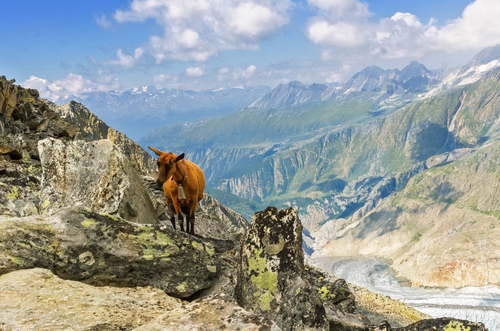
While many literary works are set in the Swiss Alps, the most famous is probably Heidi by Johanna Spyri. The majestic mountains, with their picturesque Alpine villages, come to life in Heidi’s pages, and thousands have traveled to the region to find their own inspiration. In fact, Heidi did so much to boost Swiss tourism that the region in which the classic children’s book takes place has become known as Heidiland.
Ashdown Forest
East Sussex, England
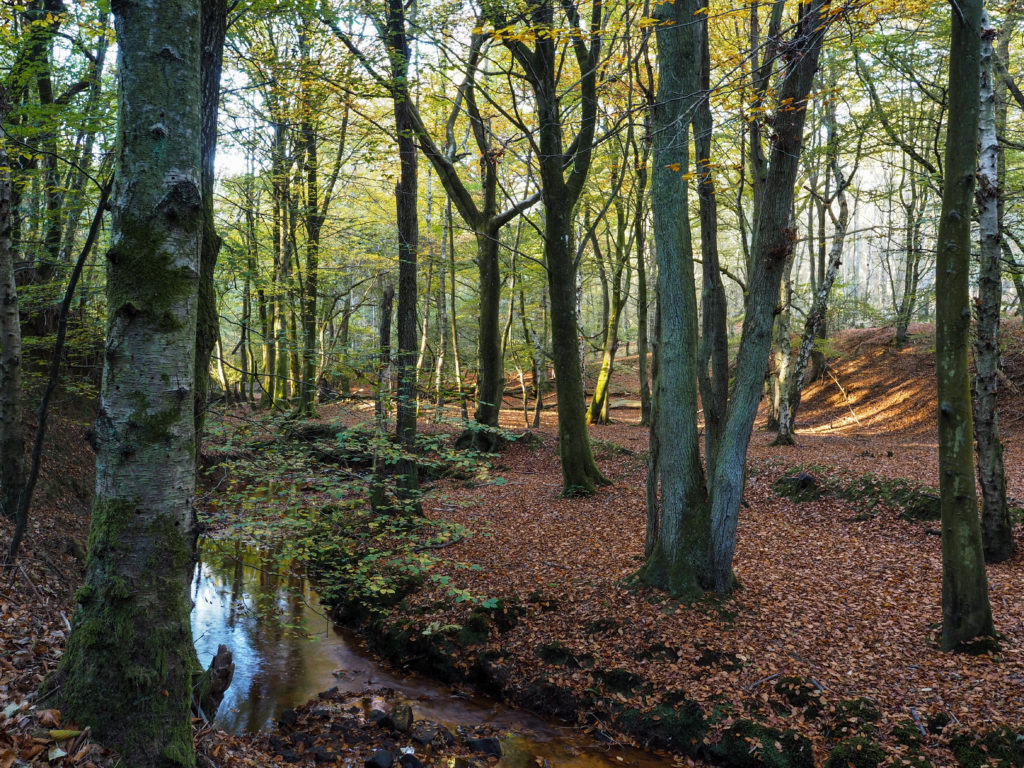
Children have long escaped to the Hundred-Acre Wood thanks to the captivating Winnie the Pooh stories by A.A. Milne. Milne’s inspiration was Ashdown Forest in East Sussex, England, a place the beloved author often enjoyed with his young son. Today, visitors to Ashdown will find such familiar landmarks as Poohsticks Bridge, Roo’s Sandpit, Heffalump Trap, and Galleon’s Lap (Gill’s Lap in real life). Some fortunate visitors may even find themselves in Ashdown Forest during one of the Poohsticks matches that are routinely held there.
Birmingham, England
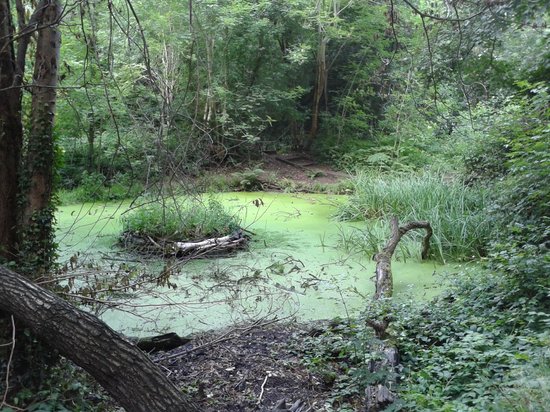
Middle Earth may be pure fantasy, but to experience the place that inspired J.R.R. Tolkien, simply head to Birmingham, England, where the Lord of the Rings author grew up. Moseley Bog, a marsh located within a stone’s throw from Tolkien’s childhood home, provided images that would become the Old Forest. Sarehole Mill, where Tolkien and his brother spent lots of time playing, inspired later descriptions of the Great Mill. Birmingham was so much a part Tolkien that he was quoted saying, “I lived, for my early years, in the Shire.”
Canterbury, England
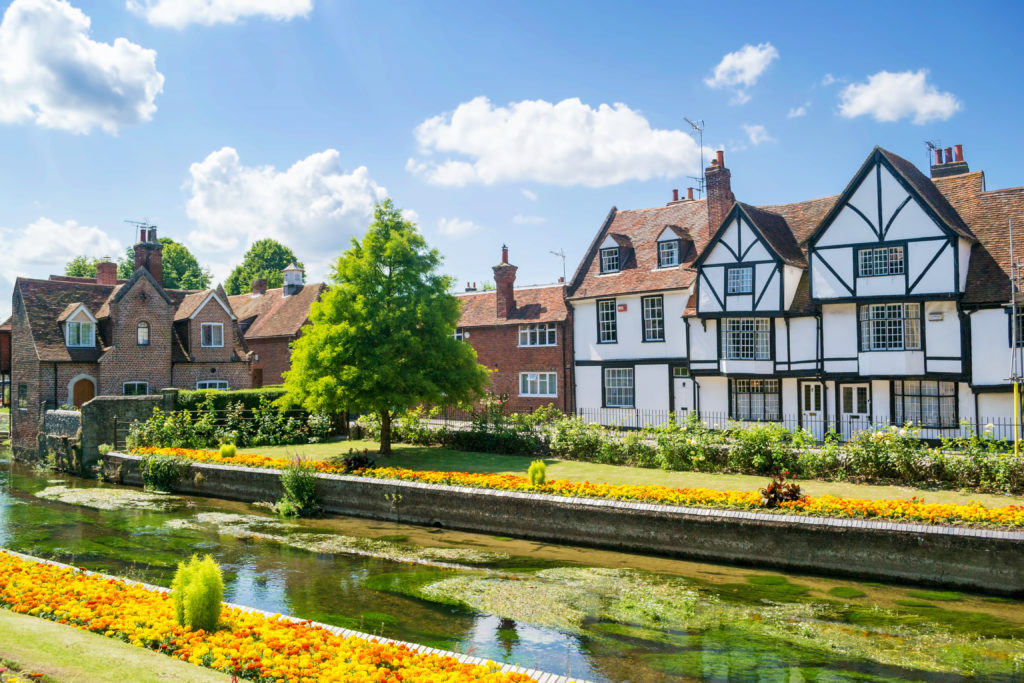
At a time when most people never left the town in which they were born, author Geoffrey Chaucer was writing what would become one of the most famous story collections in history: The Canterbury Tales. Chaucer’s story about a group of pilgrims journeying from London to the shrine of Thomas Becket at Canterbury Cathedral, was very much inspired by the medieval town and its glorious church. Much of Chaucer’s Canterbury is gone (or in some cases, gone commercial). However, the essence of the place that inspired Chaucer to change the course of English literature is still very much there.
Castle Frankenstein
Mühltal, Germany
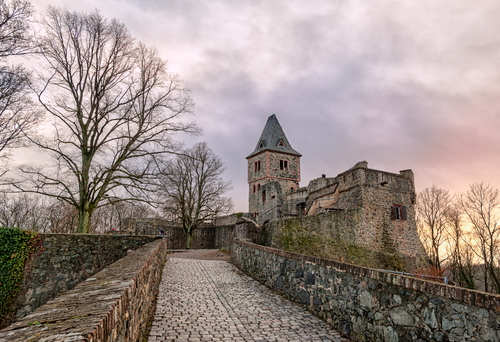
Though no documentation proving a connection exists, most people accept the idea that author Mary Shelley was inspired by Germany’s Castle Frankenstein when she wrote Frankenstein. The lightning bolt of inspiration may have struck in 1814, four years before her classic was published, when Shelley apparently traveled along the River Rhine and near the location of the dank Gothic-style castle. Furthermore, Shelley may have been inspired by the castle’s real-life one-time inhabitant, Johann Konrad Dippel, a 17th century alchemist who is said to have conducted experiments using human body parts.
Chateau d’If
Marseilles, France
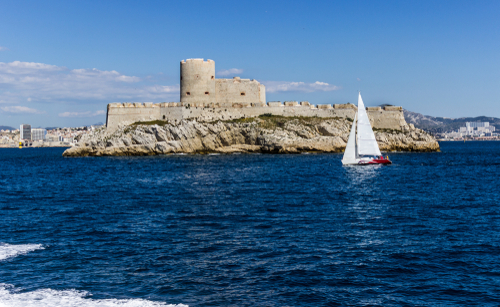
Located on the smallest island in the Bay of Marseille, Chateau d’If is an important part of Alexandre Dumas’s classic novel, The Count of Monte Cristo. Visitors to the town of Marseilles in southern France can visit the chateau, which was a fortress before becoming the prison that inspired Dumas to imprison his titular Count there.
Davy Byrne’s Pub
Dublin, Ireland
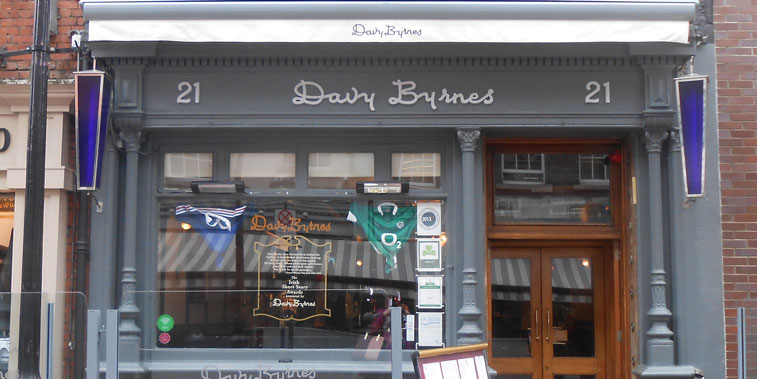
Few cities in the world enjoy as much of a reputation for literary importance as Dublin, Ireland, thanks in large part to Irish author James Joyce. In his most famous tome, Ulysses, Joyce sends his character Leopold Bloom to Davy Byrne’s pub. The pub is still serving gorgonzola cheese sandwiches to this day, and remains one of the most famous “literary watering holes” in Dublin.
DeSmet, South Dakota
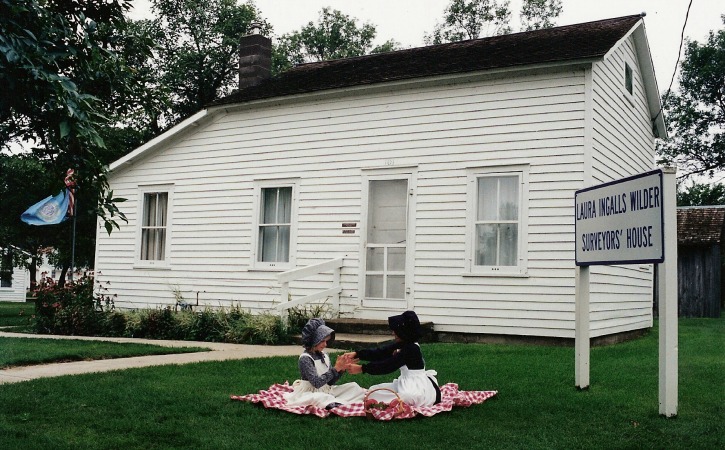
Laura Ingalls Wilder’s Little House on the Prairie books are practically a childhood staple. Wilder grew up in the small pioneer town of DeSmet, South Dakota, and based quite a few locations throughout the Little House series on the town. Visitors to DeSmet might recognize The Surveyors’ House from By the Shores of Silver Lake, while a reconstructed version of Laura’s own home is open to visitors.
Forest of Dean
Gloucestershire, England
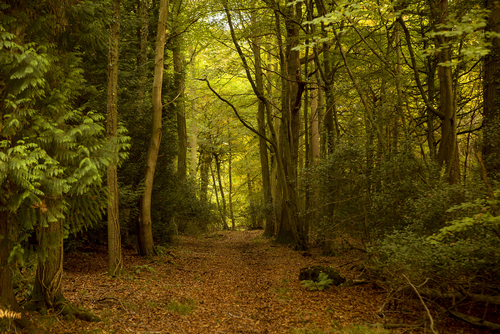
It has winding paths, long and numerous tree branches, and lush, mossy foliage. The Forest of Dean in Gloucestershire, England has inspired two well-known and beloved authors. J.R.R. Tolkien found inspiration for Lord of the Rings settings like Fangorn and Mirkwood in the Forest of Dean. J.K. Rowling, who used to visit the big forest frequently, used many of the forest’s most imagination-inducing characteristics for Harry Potter’s Forbidden Forest.
Fort House
Kent, England
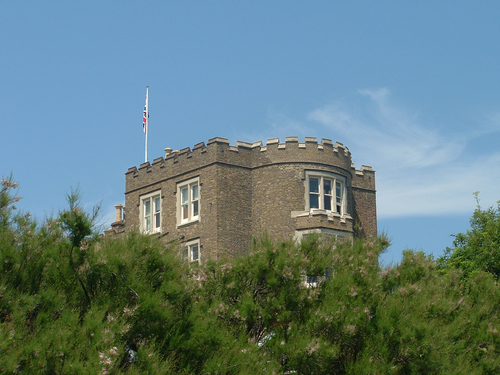
Though it looks quite elegant to us, Fort House in Kent inspired something a little more dreary in Charles Dickens. Dickens spent holidays at Fort House, where he wrote in his study overlooking the black waters of the English Channel. After completing David Copperfield at Fort House, he went on to write Bleak House, inspired by his own home. Dicken’s descriptions of Fort House — “Fog everywhere.… Fog up the river. … Fog down the river. … Fog on the Essex marshes, fog on the Kentish heights….” became so famous that Fort House was renamed Bleak House in honor of Dickens after his death.
Great Maytham Hall
Kent, England
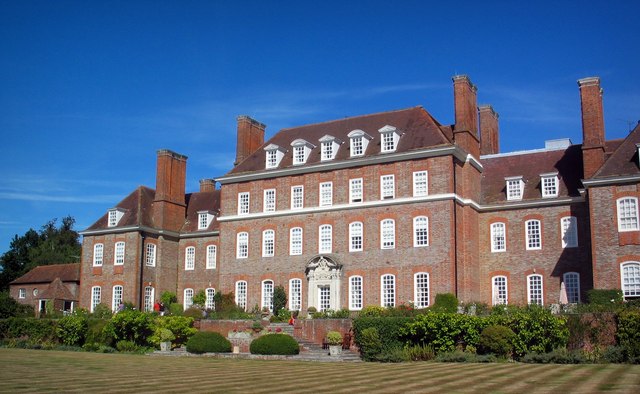
Frances Hodgson Burnett is known for writing beloved children’s novels like A Little Princess and The Secret Garden. In the latter, Burnett based the lovely garden on the secluded garden of her own home, Great Maytham Hall. Burnett’s real-life garden was apparently just as extraordinary as the one Mary Lennox finds and loves. Burnett spent quite a lot of time in her garden, and even tamed a robin into a sort of pet.
Great Neck, New York
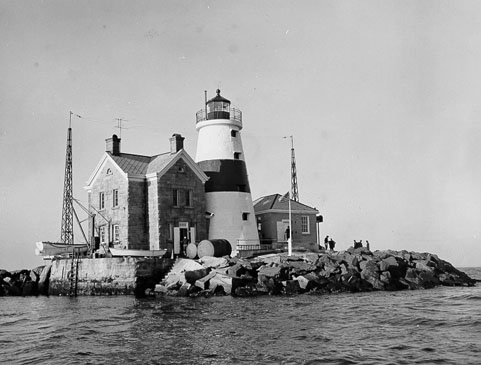
If you’ve read F. Scott Fitzgerald’s classic The Great Gatsby, then you know that the novel’s setting of West Egg, New York is practically a character itself. Fitzgerald based West Egg on the real-life town of Great Neck, where the author spent two years living with his family. He was apparently inspired by his own home when it came to describing Nick’s house, while West Egg’s symbolic lighthouse and Gatsby’s magnificent mansion are also based on actual Great Neck locations.
Green Gables Farm
Cavendish, Prince Edward Island, Canada
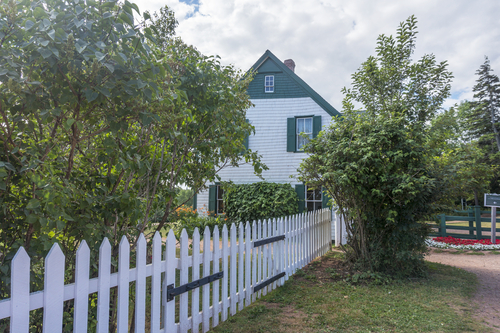
No one has captured the charm of Prince Edward Island quite like Lucy Maud Montgomery. Montgomery set her beloved Anne of Green Gables novels at the aptly named Green Gables Farm, the real-life home of the MacNeill family, Montgomery’s cousins. Today, thousands of visitors a year make their way to Cavendish to see the famous green gables for themselves. The house remains just as it did when it inspired Montgomery to write what has become one of the most famous children’s books ever. Also remaining are other familiar sites nearby like the Haunted Woods, Balsam Hollow, and Lovers’ Lane.
Hannibal, Missouri
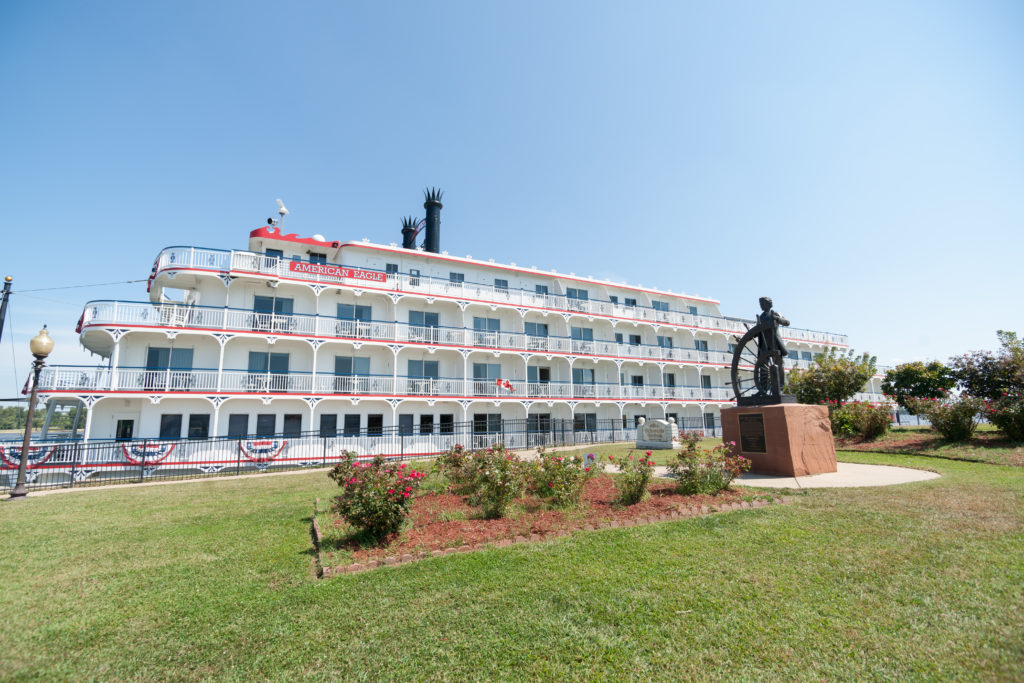
The Adventures of Tom Sawyer is the ultimate book for boys, with notable scenes of exploring caves and dodging punishment in a typical midwestern town. Author Mark Twain based Tom Sawyer’s setting on his own childhood stomping grounds, Hannibal, Missouri, which he legendary referred to as the perfect place “for a boy to grow up.” Hannibal is still home to many of the landmarks that inspired Twain, including the famous cave. Called McDougal Cave in the novel, the cave is now known as Mark Twain Cave and offers lots of fun tours for visitors of all ages.
The House of the Seven Gables
Salem, Massachusetts
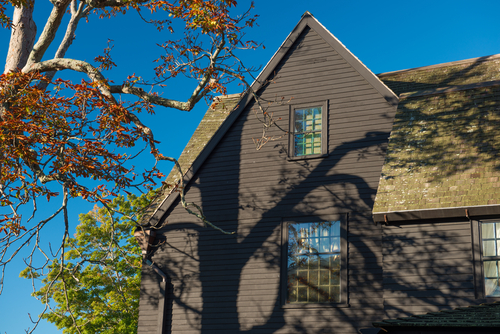
An old mansion — the oldest in North America, in fact — still stands in Salem, Massachusetts, where it’s known as The House of the Seven Gables. Sound familiar? In the mid-19th century, author Nathanial Hawthorne was so taken by this mansion just down the street from his own home that it inspired this gothic classic. Hawthorne’s The House of the Seven Gables was published in 1851.
Imperial Hotel
Torquay, England
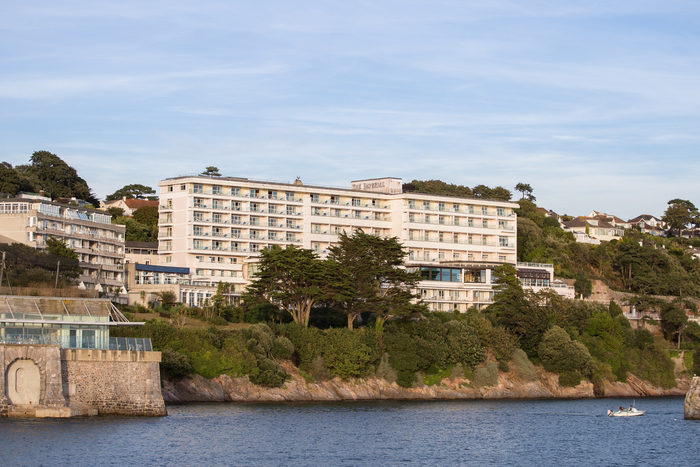
The Imperial Hotel, a Victorian-era resort perched near the seaside in Torquay, England, was one of Agatha Christie’s favorite places to stay. The bestselling mystery author wrote about the Imperial in at least three books, though she renamed it The Majestic Hotel. Still, Christie’s readers knew exactly which resort she was describing. Mystery fans can still book a room at the Imperial Hotel, though most will be satisfied reading about it in Peril at End House, The Body in the Library, and Sleeping Murder.
The Isle of Skye, Scotland
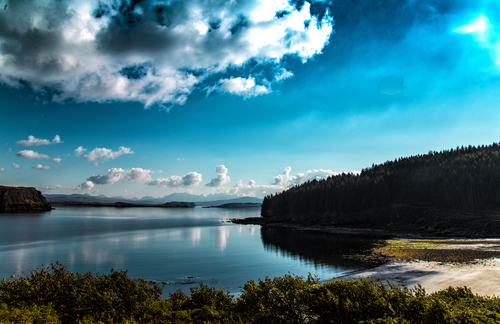
The remote Hebrides [islands] off the coast of Scotland have inspired many who have found their way there over the centuries. They include author Virginia Woolf, who set her novel To the Lighthouse on the Hebrides’ largest island, the Isle of Skye. In the book, the Ramsay family visits the Isle each summer. Thanks to Woolf’s descriptions of the beautiful island, it practically becomes another character in the book. Interestingly, Woolf’s lighthouse, set on the Isle of Skye in the novel, is actually based on Godrevy lighthouse in Cornwall.
King’s Cross Station
London, England
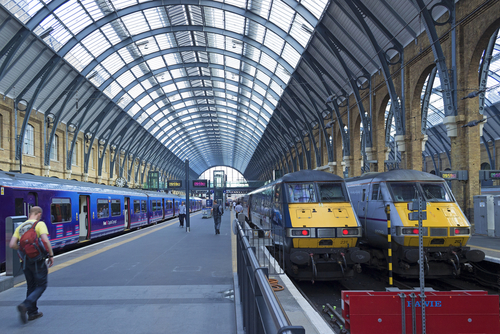
Thanks to J.K. Rowling, author of the Harry Potter series, London’s King’s Cross will never again be a mere train station. Though hundreds of people arrive and depart from King’s Cross every day, hundreds of others visit simply to see the place that inspired Rowling to create one of the books’ most memorable locales, Platform 9 3/4. There may not be any trains leaving from Platform 9 3/4, but it certainly does exist. After the books proved to be such a phenomenon, the old train station added the platform situated between #9 and #10 — and turned it into a photo op for millions of Harry Potter fans.
Kyoto, Japan
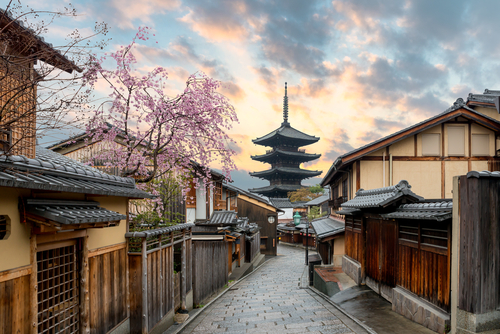
It’s easy to see why author Arthur Golden was so inspired by Kyoto, Japan. Golden’s beloved novel, Memoirs of a Geisha, includes cameos of many of Kyoto’s most famous sites, including: the Fushimi Inari Shrine, with its famous red gates; the Kyoto Imperial Palace; Nijo Castle; and the bustling Nishiki Market. Though historical fiction, many of Geisha’s most memorable scenes occur at places that visitors can still be see and experience.
Ngong Hills and the Masai Mara
Kenya
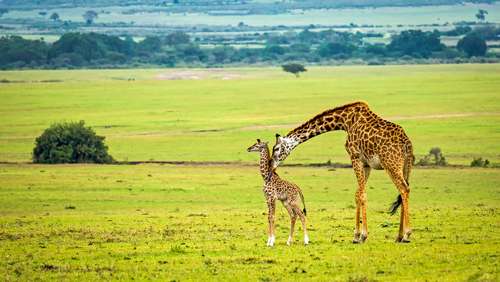
Karen von Blixen-Finecke, better known by her pen name Isak Dinesen, spent nearly two decades living in British East Africa (or Kenya today). The time she spent on the savannah inspired her to write her classic novel Out of Africa, an epic which includes scenes straight out of von Blixen-Finecke’s life camping in tents in the wild, roaming through the never-ending dust of the Kenyan plains, and staring up at the star-filled African sky.
Pamplona, Spain
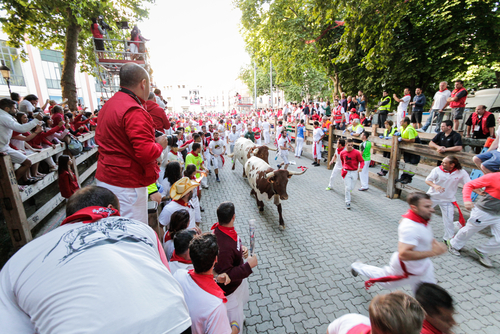
Today, Pamplona is known worldwide as the site of the famous running of the bulls. Nearly a century ago, however, it was just another northern Spanish town with a relatively common tradition. That was, of course, before Ernest Hemingway arrived and wrote what is arguably his most famous novel, The Sun Also Rises. Many of the sites Hemingway found most inspiring are still there, including the original bull fighting arena and Botin’s, the restaurant where the characters Jake and Brett enjoy a meal of wine and suckling pig.
Plaza Fernández de Madrid
Cartagena, Colombia
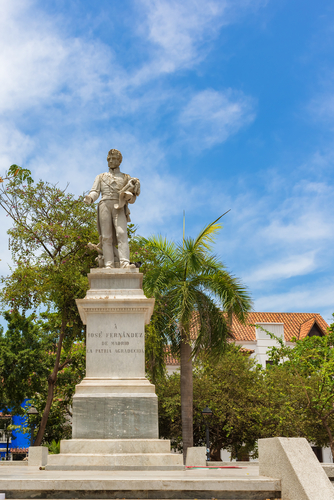
In his famous novel Love in the Time of Cholera, Gabriel Garcia Marquez sets a particularly memorable scene in “Park of the Evangels.” Though the little park itself is fiction, Marquez based it on the real-life Plaza Fernández de Madrid. Cartagena clearly inspired Marquez throughout his writing career, but his descriptions of sitting on a bench in the shade of the this particular park rings especially genuine.
Renishaw Hall
Derbyshire, England
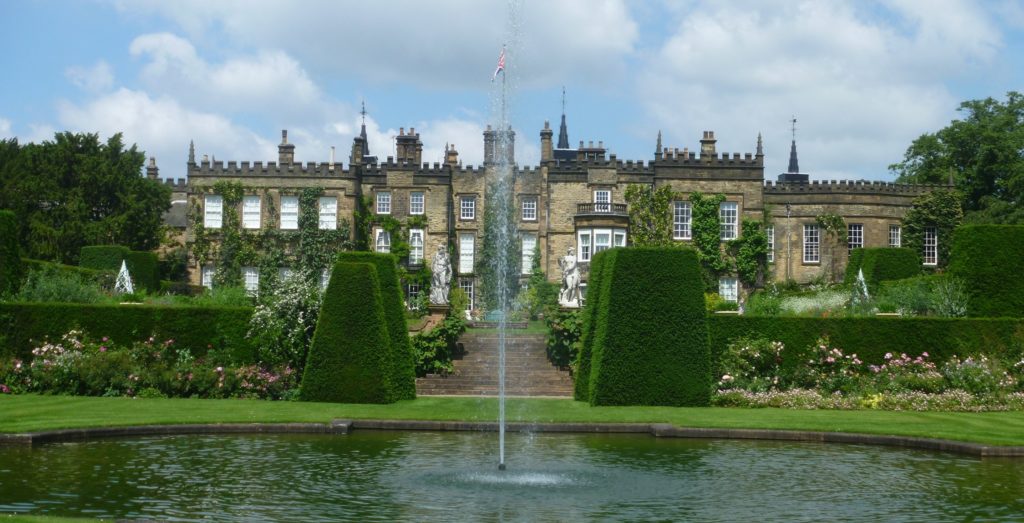
In his classic and controversial novel, Lady Chatterley’s Lover, D.H. Lawrence describes the setting of Wragby Hall as “a long, low old house in brown stone, begun about the middle of the eighteenth century, and added on to, till it was a warren of a place without much distinction.” Wragby is supposedly based on the beautiful (but certainly warren-like) Renishaw Hall in Derbyshire. The house sits among more than 300 acres and has been the grand estate of a number of noble families.
Rosslyn Chapel
Roslin, Scotland
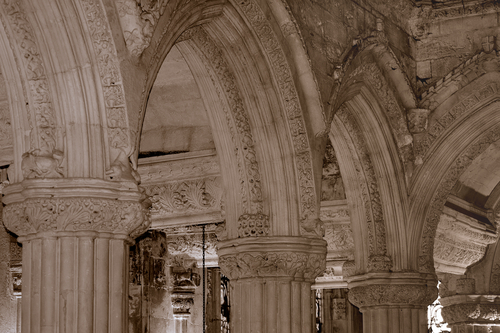
Dan Brown’s massive bestsellers are chock full of scenes taking place at some of Europe’s best known locations. One place that particularly inspired Brown isn’t as well known as, say, the Louvre or the Vatican, but its scenes in The Da Vinci Code are particularly memorable. Rosslyn Chapel, located in Roslin, Scotland, has been around for more than 500 years. It’s dark, bare, and cold-feeling, but is packed with mysterious Masonic and early Christian symbolism.
Snaefellsjökull Volcano
Iceland
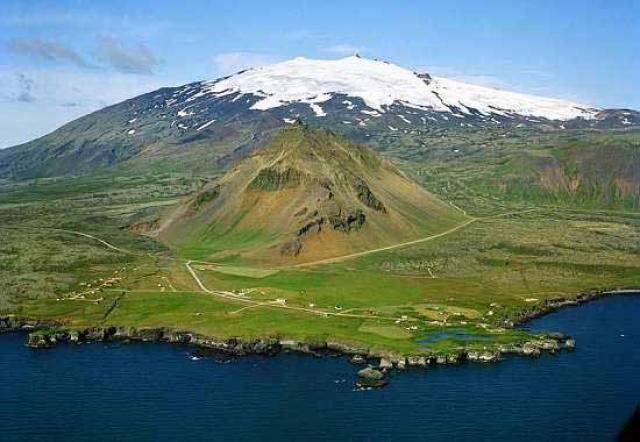
Long before it became the trendy travel destination it is today, drawing millions of foreign visitors a year, Iceland inspired author Jules Verne. Verne kicked off his famous 1864 novel Journey to the Center of the Earth with western Iceland’s real-life Snaefellsjökull Volcano, a 700,000-year old natural wonder which, according to Verne, could lead to the center of the earth. Snaefellsjökull remains just as impressive as it was a century and a half ago. It is so big that it can be seen 75 miles away, from Iceland’s capital city of Reykjavik.
The Spaniard’s Inn
London, England
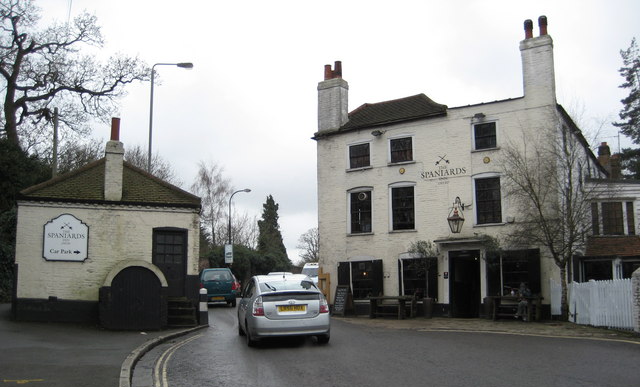
The English Romantic poet John Keats was a regular at The Spaniards Inn in London. Apparently it was here, while enjoying a pint and listening to birds in the pub’s attached garden that he wrote his famous poem “Ode to a Nightingale.” But Keats isn’t the only famous writer to have been inspired by the Hampstead Heath-based pub. Bram Stoker mentions The Spaniard’s Inn in Dracula, while Charles Dickens sets an entire scene here in The Pickwick Papers.
The Stanley Hotel
Estes Park, Colorado
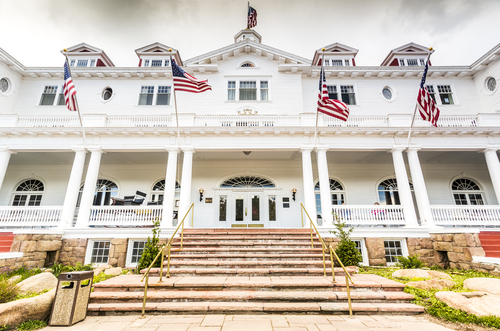
Stephen King was so unnerved after his stay at Colorado’s The Stanley Hotel that he almost immediately set out to work on The Shining. Renamed Overlook Hotel in the novel, The Stanley very much inspired what would become one of King’s most famous horror novels and, later, a cult-classic film. Brave souls can still book their own stay at The Stanley, though long-time staff insist four ghosts are still around and causing plenty of mischief.
Texas-Mexico Border
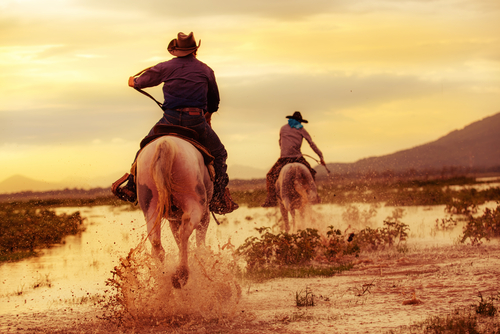
Author Cormac McCarthy has become well known for his gritty western novels, and must be especially interested in and inspired by the region surrounding the border between Texas and Mexico. Blood Meridian was the first of a few novels he set in this desolate and dangerous region. The most famous, however, is undoubtedly All the Pretty Horses, about a pair of cowboys trekking through the region known as Coahuila.
Top Withens and Haworth
Yorkshire, England
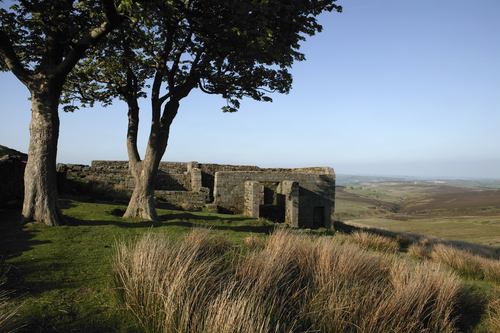
Emily Brontë spent much of her youth in the small town of Haworth, Yorkshire, a place known for its stark landscape. It’s more than likely that Brontë was inspired by her surroundings when it came to writing her classic novel Wuthering Heights. She was certainly taken with Top Withens, an isolated farmhouse situated near the place where the Brontë sisters spent much of their childhoods. In Wuthering Heights, Brontë’s Earnshaw family lives in a similar farmhouse overlooking the desolate topography from its perch atop a hill.
Whitby Abbey
Whitby, England
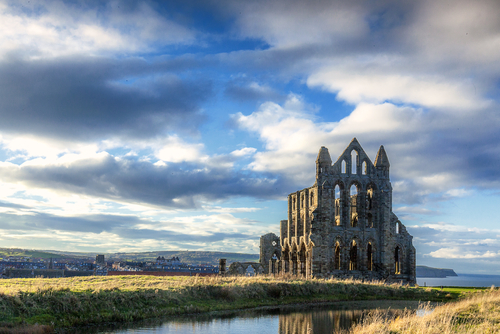
There’s something about an abandoned place that sets the imagination in motion, and that’s exactly what happened when Dracula author Bram Stoker saw Whitby Abbey. Abandoned in the 16th century, Whitby Abbey is the first thing Stoker’s famous Dracula sees when his ship runs aground on the English coast. Stoker must have spent quite a bit of time in Whitby, as it’s also said that he first heard the tale of Vlad Dracula in 1890 while at the Whitby public library.
